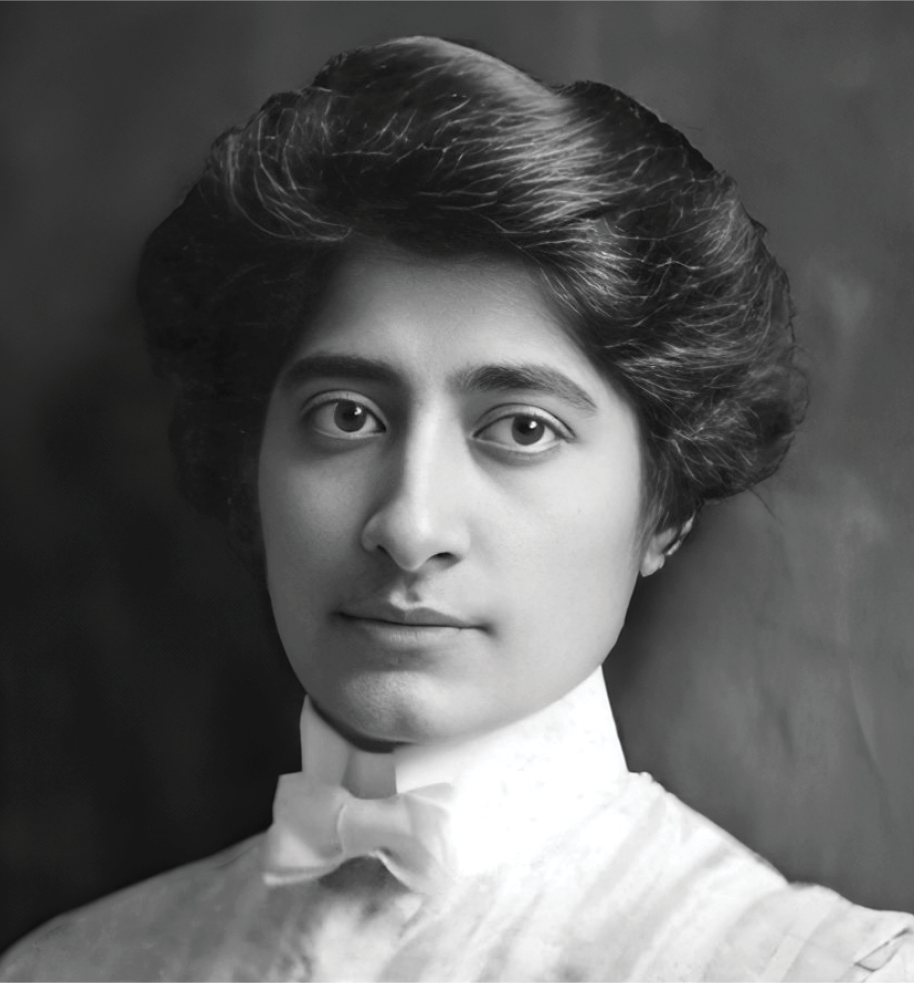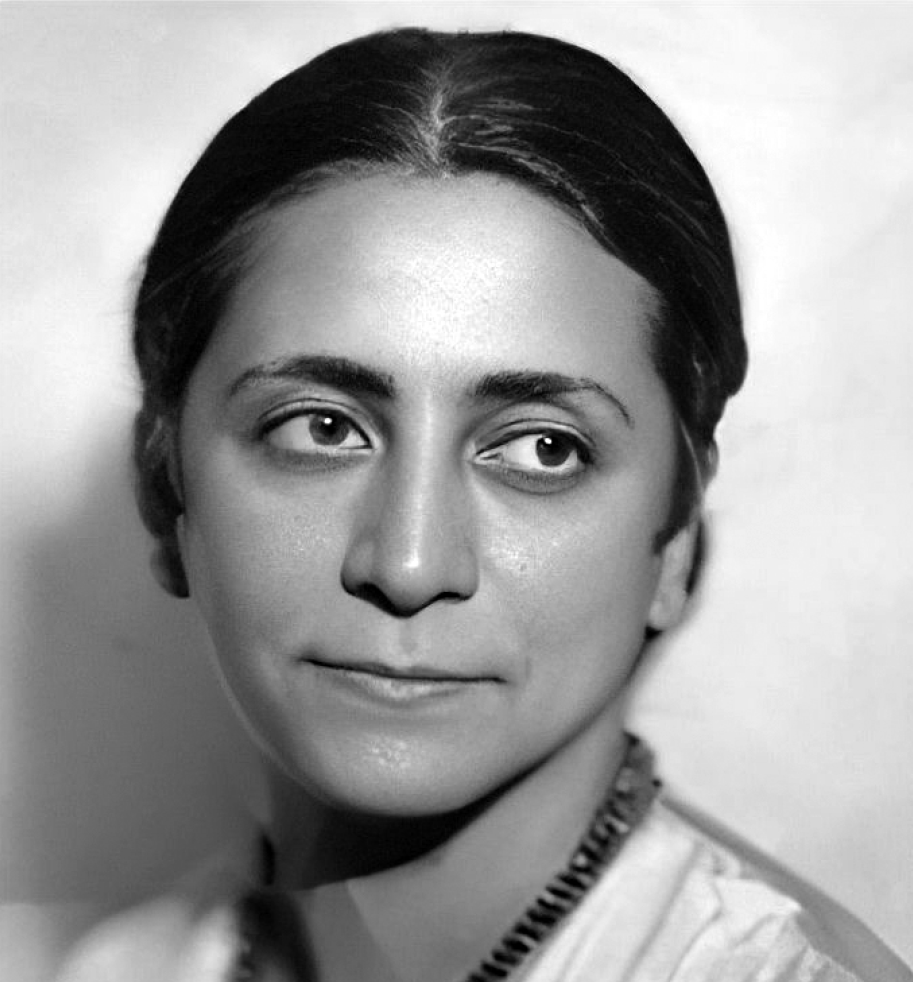Women have fought hard worldwide to obtain their right to education and service in medicine. Türkiye’s first female physicians, who challenged the traditional structure and struggled to become trained physicians, played pioneering roles in the medical and scientific fields. This article is dedicated to Dr. Zaruhi Kavalcıyan and Dr. Safiye Ali, two pioneers of women’s rights in medicine in Türkiye.
During the Ottoman Empire, when women had no right to study and practice medicine, Dr. Zaruhi Kavalcıyan, known as Dr. Kaval, studied medicine abroad and served in Türkiye for many years by pushing her limits under challenging conditions. Dr. Safiye Ali, on the other hand, made history as the first woman medical doctor in Türkiye, as she was the first woman physician whose diploma was approved by authorities.
Dr. Zaruhi Kavalcıyan was born in 1877 in Adapazarı and graduated from the American Girls’ College in Adapazarı in 1898. Her father, Serope Kavalcıyan, was a doctor in İzmit Bahçecik. As she wanted to be a doctor like his father, Dr. Serope Kavalcıyan sent his daughter to the University of Illinois in Chicago (USA) for medical education (1). Zaruhi Kavalcıyan is listed among the graduates of this university in 1903 as “Kavaljian, Zaroohie Serope, M.D., Adabazar, Türkiye”. She returned to Adapazarı after she graduated, but she was not allowed to practice medicine with her name since only non-Ottoman female physicians were allowed to work in those years. During the reign of Sultan Abdülhamid II, applications from female physicians who had their diplomas from foreign countries to be validated by taking exams were not accepted by the Medical Council. She started to work as an assistant physician with her father (2). In addition to practicing medicine routinely, she taught chemistry, biology, and physiology at the American College. Dr. Zaruhi Kavalcıyan continued to work alone after her father, Dr. Serope Kavalcıyan, suffered a stroke and died in 1915 in İzmit Bahçecik. Zaruhi Kavalcıyan moved to İstanbul because American College moved to İstanbul and she continued to teach science at Üsküdar American Girls’ College. She also served as a physician in Üsküdar (1). She dedicated her life to her patients and students. Dr. Kavalcıyan passed away in Üsküdar at the age of 92 on June 30, 1969, and was buried next to her sister in the Feriköy Armenian Protestant Cemetery (2).
Safiye Ali was born in İstanbul in 1894. Her father was Ali Kırat Pasha, one of the aides of Sultan Abdülaziz and Abdülhamid II. She was the youngest of four sisters. Her eldest sister, Adviye Sargut, is the grandmother of Bülent Ecevit (former Turkish prime minister).
Safiye Ali’s interest in the medical profession began during her education at the American Girls’ College with the guidance of the school’s principal, Mary Milss Patrick. The war years that began with the Balkan Wars in the Ottoman Empire brought the need for physicians in the country. Safiye Ali decided to become a physician in this challenging environment in Türkiye. However, although there were medical schools in the Ottoman Empire during this period, female students were not accepted. She went to Germany, and despite all the difficulties, she completed her medical education at the Julius Maximilian University of Würzburg (3). After completing her residency, she returned to İstanbul as a specialist in women’s and children’s diseases. Turkish authorities recognized her diploma, and she became the first female doctor in the Republic of Türkiye. While accepting patients in her private clinic on Nuruosmaniye Street in Cağaloğlu, she also worked as a physician at the American and German embassies. Her activities were not limited to the medical clinics; upon the invitation of her teacher, Mary Mills Patrick from the American Girls’ College, she taught gynecology and obstetrics lectures at the College’s Department of Medicine. In this way, she became the first female faculty member at a medical school for girls in Türkiye. She significantly contributed to child and women’s health in the Hilâl-i Ahmer Cemiyeti (Ottoman Red Crescent Society), the Himaye-i Etfal Cemiyeti (Child Protection Agency) and the Süt Damlası Merkezi (Milk Drop Center). When she voluntarily worked at the Hilâl-i Ahmer Cemiyeti, she not only helped sick children but also actively contributed to the mission of the Society to follow up with each child and their family for their financial needs and provide food and clothing aid. Safiye Ali became the director of the Süt Damlası Merkezi, established under the Himaye-i Etfal Cemiyeti to meet the milk needs of poor and needy children and care for them. Through this position, she could reach many families and use the experience she gained in Germany to establish preventive medicine practices for women’s and children’s health in her country. Considering that the importance of preventive medicine is better understood more and more every day, the enormous efforts of Safiye Ali on the prevention of diseases 100 years ago show us how visionary she was. She published the book “Small Children’s Practice and Milk Drops” based on her experiences and observations at the Süt Damlası Merkezi (3, 4). She represented Türkiye at international congresses, made presentations there, and published her speeches and impressions. The first Congress was the “International Congress of Women Doctors” held in London in 1924. She became the first woman medical doctor to represent Türkiye at an international congress by participating in this event. She also took an active role in the Türk Kadınları Birliği (Turkish Women’s Union), which was established for women’s participation in politics. After her cancer diagnosis in 1928, she returned to Germany and continued her career there. During World War II, she served the civilian population in Germany. She passed away in 1952. A primary care health center in İstanbul and a street in Dortmund were named after Safiye Ali for her outstanding services (4, 5).
We are honored to be colleagues of these two physicians who pursued their dreams, did not hesitate to go to foreign countries alone for education 100 years ago, and, despite all the difficulties, did not give up on their goals and truths. Their achievements are a model for all women scientists in medicine.

